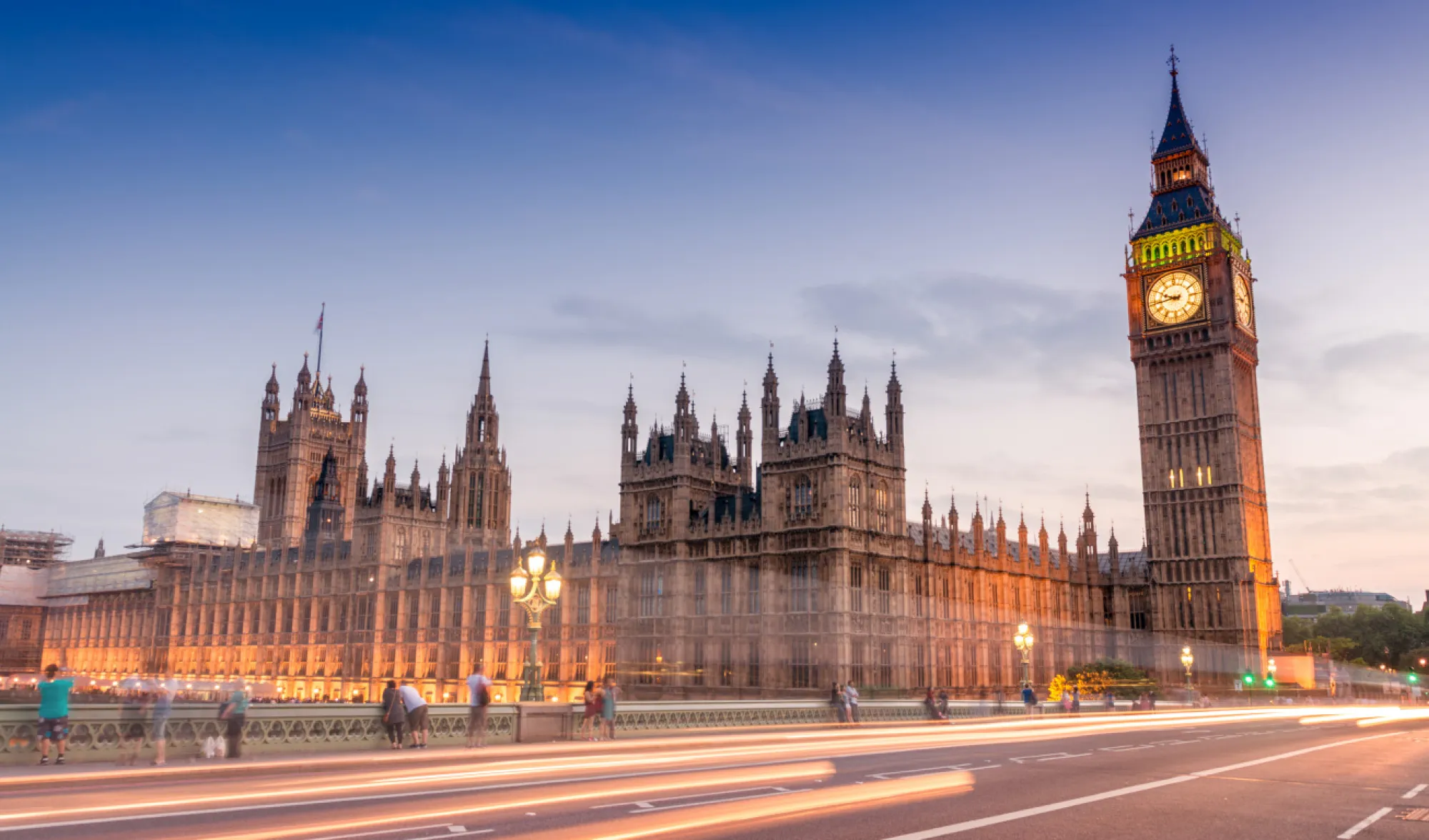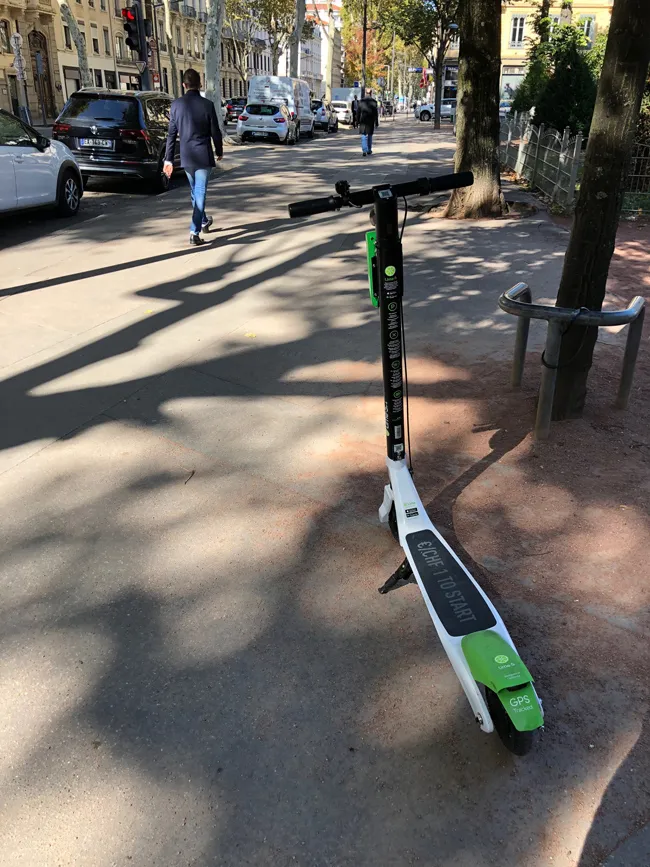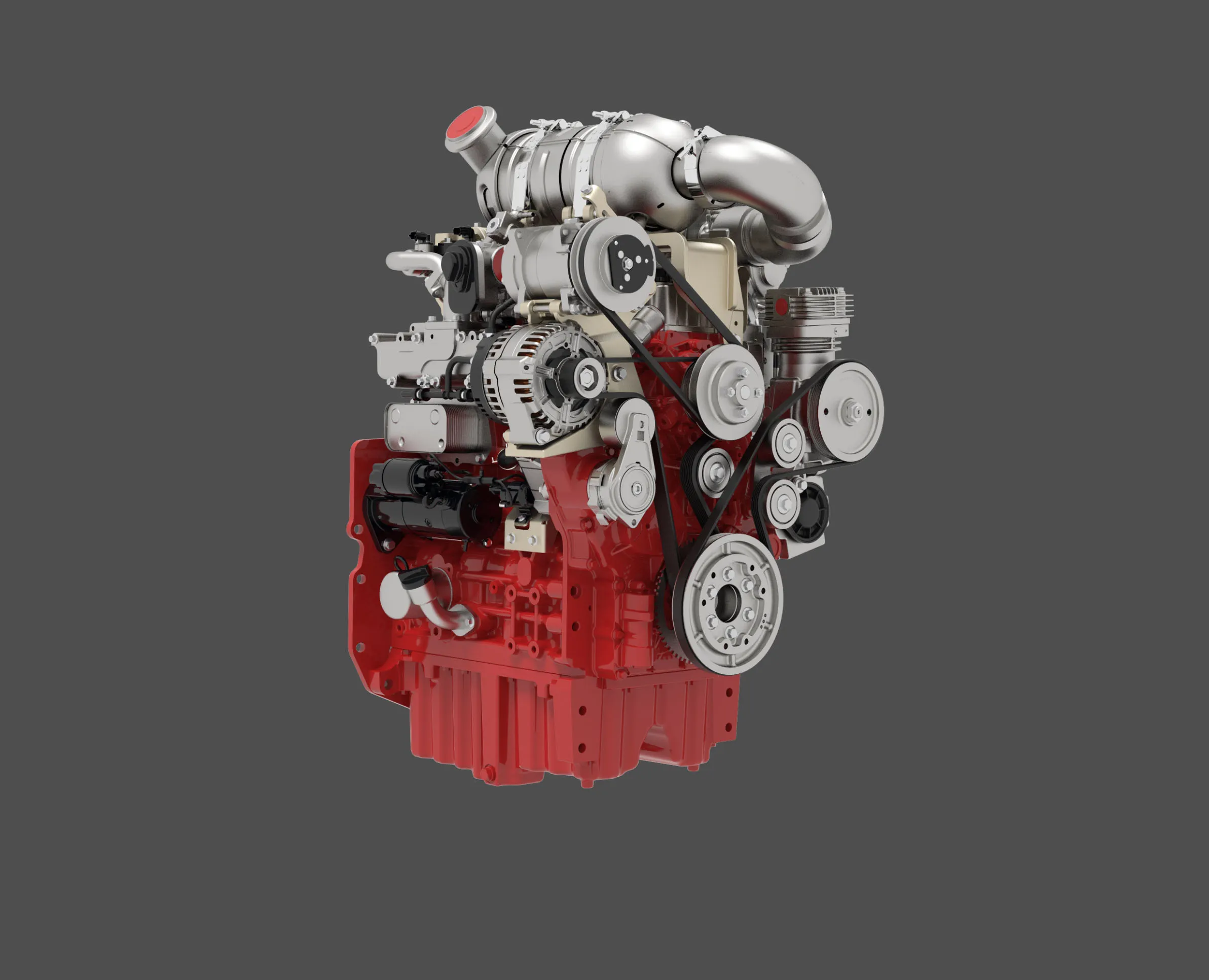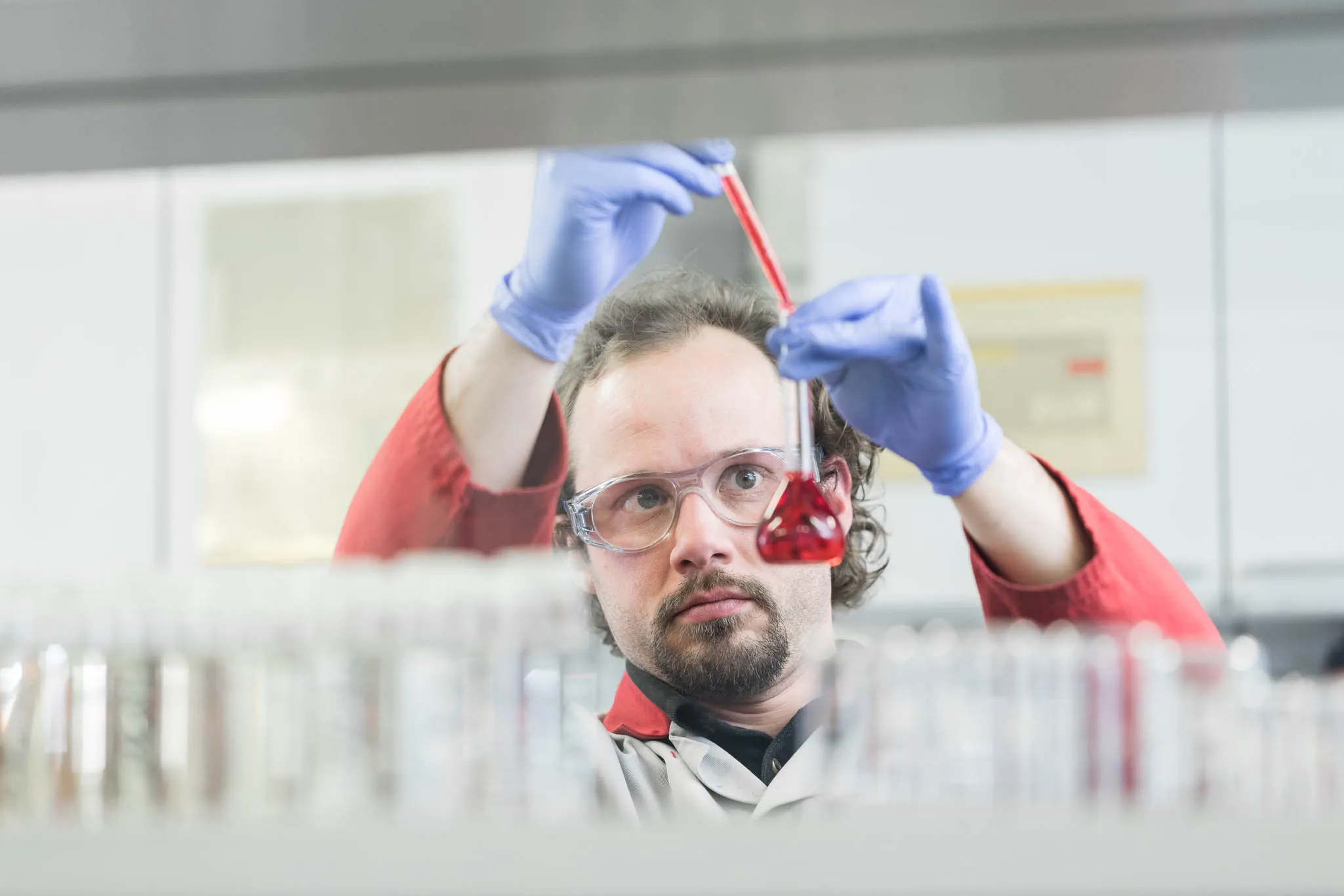
By now, pretty much everybody in the industry will be aware of the Low Emission Zone in London, UK. But awareness of similar European zones about to start or expand might be more patchy.
The background to all of these schemes is the problem of air quality, particularly European Union rules setting limits on acceptable pollution levels. It was found some years ago that several member states’ cities, including in the UK, were in breach of the rules putting countries under threat of legal action and hefty fines from the European courts.
This is not just a matter of legalities. Evidence has grown over the years of the impact on human health of pollutants in the atmosphere. Although emissions controls cover more than one aspect of what comes out of a vehicle’s tailpipe, the key concern in recent years has been the emitting of very fine particulates.
Because of this, many cities and countries have introduced their own rules to improve air quality. In London this started under mayor Ken Livingstone with the on-highway sector – still much the biggest contributor to air-borne emissions. This was expanded by mayor Boris Johnson incorporating non-road mobile machinery (NRMM).
Across Europe the situation is, unsurprisingly, complex. But a quick look at the graphic below shows that there is something of a geographical pattern (see box). Although the schemes are generally geographical in nature – cities or regions – there is another way that schemes are introduced: on a project basis. The first such scheme that was proposed in the UK was for the London 2012 Olympic site, but this failed to happen.
However, one that is very much in operation is for construction of the HS2, a high-speed railway line between London and Birmingham. This linear low-emission zone covers construction works on sites between the two cities. It is probably better to think of it as a project-based low-emission zone because restrictions apply to nothing outside of the HS2 worksite fence. Even so, NRMM emissions standards are more strict for equipment on site than elsewhere in the greater London area. In fact, emissions standards for HS2 are Europe’s most stringent.
From the start HS2 required Stage IV for the Central Activity Zone and Stage IIIB for everywhere else and from 2020 onwards, moving to Stage V and then Stage IV. These conditions are part of tender requirements, meaning that HS2 as a project has better prospects for controlling emissions than do many local authorities.
Do all these European schemes make the same technical demands on machinery? The answer is a very firm “no”.
But retrofitting begs the question: how does anyone know that a retrofit solution is any good? Could it be a shiny stainless steel can with nothing of substance inside?
The UN angle
The Swiss made sure there was substance to the shiny cans. They defined performance requirements for a DPF and required that they were tested. However, a performance specification that could be applied more widely was needed because of a proliferation of local air quality requirements and the likely pressure on machine owners to buy retrofit devices.
In comes the UN ECE – Economic Commission for Europe. This is a more encompassing organisation than represented by the European Commission as more countries are signatories to the relevant treaties than are members of the EU’s 28 member states. The outcome of the ECE’s work was published as ECE Regulation 132 and there are some really key provisions. The “shiny can device” must reduce engine emission levels to performance requirements of an EU “Stage”.
There must be full consideration of the risks of installation, such as impact on visibility due to installing a DPF unit and the creation of risks from hot surfaces.
The regulation means that any local authority has a set of tools to use when setting requirements for a low-emission zone. Firstly, they can require machines to comply with a particular EU Stage. Secondly, they have a way of ensuring that retrofit devices are up to scratch, if installed.
However, the ECE regulation is relatively recent, in 2015. Some schemes were in place before it was published, meaning that they either set their own technical requirements, like Switzerland, or leave things vague. The other element missing from this set of tools is a legislative mechanism; that will be different from place to place.
A look around the schemes now operating shows how varied they are. In Austria, there is a national scheme and as well as one for the capital Vienna. The national scheme requires machines to comply with Stage II now and Stage IIIA from later this year. However, it only applies in winter months, from October to March, and only in zones that are having trouble meeting EU limits for fine particles in the air. On the other hand, the Vienna scheme requires a Stage IIIA but not until 2019.
New machine quandary
Germany’s capital Berlin has required Stage IIIB since 2014 (IIIA for engines under 37kW) with older machinery having to be fitted with a DPF. However, the city of Mainz requires that anyone tendering for public contracts must have a DPF fitted. The hard fact is that some new machines with Stage IV engines might not comply.
Meanwhile, the German state of Baden-Württemberg has one of the toughest requirements, either Stage IV or retrofit DPF since July last year. Now, since January they also require that retrofit devices comply with ECE regulation. This should mean a high degree of confidence that the machine will in reality meet with the intentions of the legislators.
Sweden has gone down a different route. All non-road mobile machinery must meet at least Stage II - which came into effect nearly 14 years ago. Or if they were outside of the scope of the early stages, for example, under 19kW or over 560kW, they must not be more than 10 years old.
Even so, requirements in some major Swedish cities are more strict: Stage IIIA required on machinery under six years old. All of these requirements are under review and may become stricter still.
Uniformity or divergence?
Schemes are being updated individually and new ones are in the pipeline, adding even more complexity to the situation for contractors wishing to move their machines around Europe. They must ensure that the machines comply with different local regulations.
On the plus side, the publication of the ECE regulation brings some clarity to the question of the performance of retrofit devices. Most local authorities have based their requirements on the EU engine emissions stages, meaning that newer machinery complies automatically. This has been a point urged by industry bodies during consultations with regulators and legislators.
Once we are into Stage V, we can hope that it removes the motivation for setting up local schemes.
Non-road mobile machinery
The majority of the known low-emission zones for non-road mobile machinery are in the Germanic and Nordic regions, including the UK. Other countries and cities might have zones for on-highway vehicles and machinery, such as Paris with its restrictions for cars. These have received a good deal of press coverage, but have not yet been extended to off-highway machinery.









